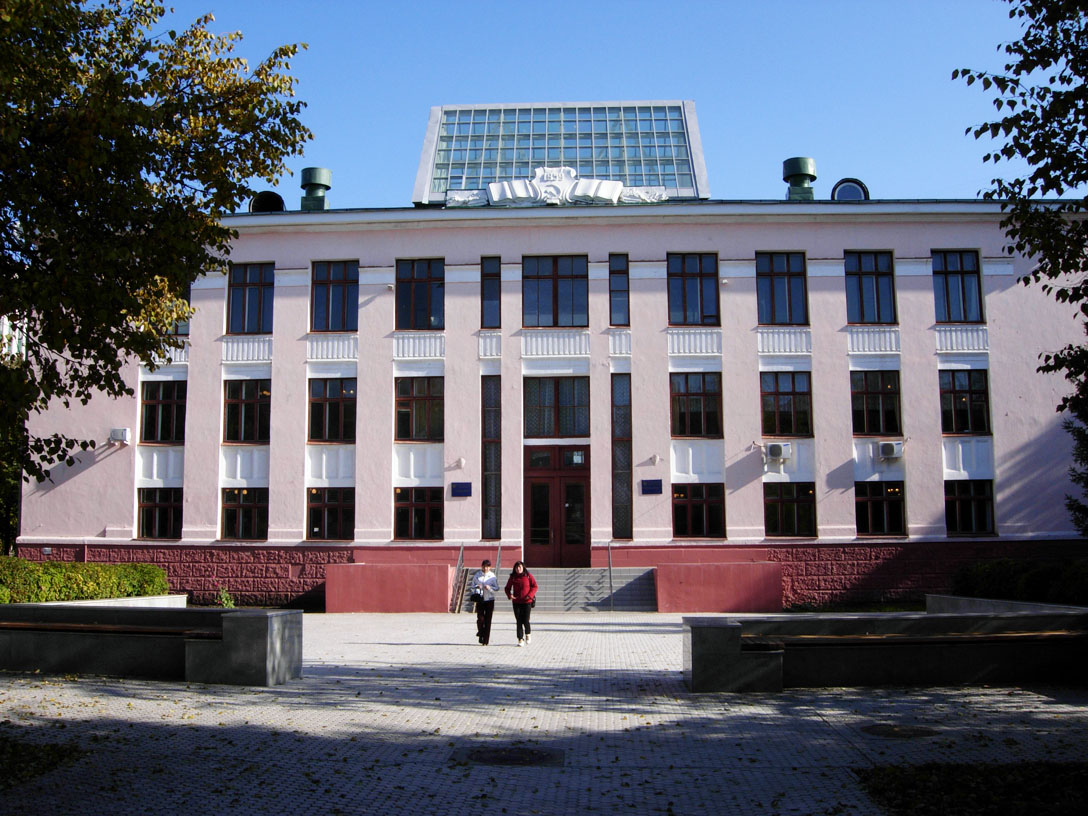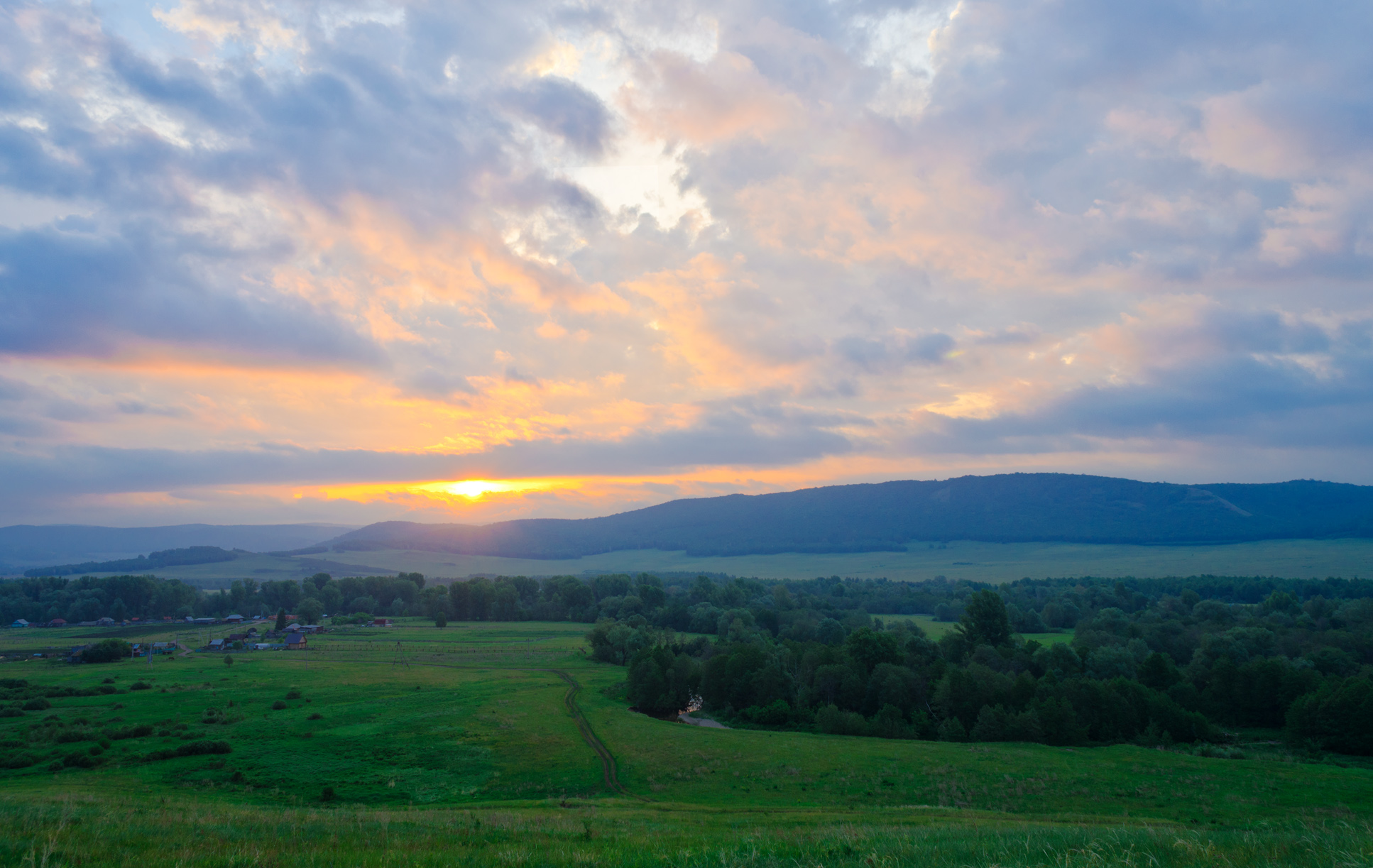|
Ahmed Zeki Validi Togan
Zeki Velidi Togan ( ba, ”ė—Ö–ľ”ô—ā–∑”ô–ļ–ł ”ė—Ö–ľ”ô—ā—ą–į“Ľ —É–Ľ—č –í”ô–Ľ–ł–ī–ł, √Ąxm√§tz√§ki √Ąxm√§tŇüah ulńĪ W√§lidi; russian: –ź—Ö–ľ–Ķ—ā-–ó–į–ļ–ł –ź—Ö–ľ–Ķ—ā—ą–į—Ö–ĺ–≤–ł—á –í–į–Ľ–ł–ī–ĺ–≤, tr, Ahmet Zeki Velidi Togan; 1890 ‚Äď 1970 in Istanbul), was a Bashkir historian, Turkologist, and leader of the Bashkir revolutionary and liberation movement. Biography He was born in Kuzyanovo ( Bashkir: –ö”©“ô”ô–Ĺ) village of Sterlitamaksky Uyezd, Ufa Governorate (in present-day Ishimbaysky District, Bashkortostan). From 1912 to 1915 Velidi taught in the madrasa in Kazan (Qas√≠mi√§), and from 1915 to 1917, he was a member of bureau, supporting Muslim deputies at the State Duma. In 1917, he was elected to the Mill√§t M√§clese, and with Ňěerif Manatov, he organized the Bashkir Shuro (Council). During the Bashkir Congress in Orenburg from December 1917, he declared autonomous Bashkiria. However, he was arrested 3 February 1918 by the Soviet forces. In April 1918 he managed to escape and ... [...More Info...] [...Related Items...] OR: [Wikipedia] [Google] [Baidu] |
Ishimbaysky District
Ishimbaysky District (russian: –ė—ą–ł–ľ–Ī–įŐĀ–Ļ—Ā–ļ–ł–Ļ —Ä–į–Ļ–ĺŐĀ–Ĺ; ba, –ė—ą–Ķ–ľ–Ī–į–Ļ —Ä–į–Ļ–ĺ–Ĺ—č, ńįŇüembay rayonńĪ) is an administrativeConstitution of the Republic of Bashkortostan, Article 64 and municipalLaw #126-z district (raion), one of the fifty-four in the Republic of Bashkortostan, Russia. It is located in the southern central part of the republic and borders with Gafuriysky District in the north, Beloretsky District in the northeast, Burzyansky District in the east and southeast, Meleuzovsky District in the south, and with Sterlitamaksky District in the west. The area of the district is .Official website of Ishimbaysky DistrictGeneral Information About the District Its administrative center is the town of Ishimbay (which is not administratively a part of the district). As of the 2010 Census, the total population of the district was 25,042. History The district was established on March 20, 1937.Official website of Ishimbaysky DistrictBrief Histori ... [...More Info...] [...Related Items...] OR: [Wikipedia] [Google] [Baidu] |
Millät Mäclese
Mill√§t M√§clese (National Assembly, tt-Cyrl, –ú–ł–Ľ–Ľ”ô—ā –ú”ô“ó–Ľ–Ķ—Ā–Ķ, , , ) was a national assembly of Muslim Turko-Tatars of Inner Russia and Siberia that was created by the decision of Second All-Russian Muslim Congress and worked in Ufa (√Ėf√§) city from November 20, 1917 to January 11, 1918. Sadri M√§qsudi was elected Mill√§t M√§clese's Chairman; ńįbne√§min √Ąxt√§mef and ńěabdraxman F√§xretdinef were elected as Deputy Chairman and Secretary respectively. Mill√§t M√§clese did not recognize Soviet authority and decided to establish the Idel-Ural State. In order to achieve this goal, the Commission for Implementation of the Idel-Ural State was established in January 1918. In the same month, the executive board of the future autonomy, '' Milli ńįd√§r√§'' (National Board), was established. There were several commissions that worked under the Parliament: legislative assumptions commission, mandate commission, education commission, financial commission, religious comm ... [...More Info...] [...Related Items...] OR: [Wikipedia] [Google] [Baidu] |
Turkistan
Turkestan, also spelled Turkistan ( fa, ō™ōĪŕ©ō≥ō™ōßŔÜ, Torkest√Ęn, lit=Land of the Turks), is a historical region in Central Asia corresponding to the regions of Transoxiana and Xinjiang. Overview Known as Turan to the Persians, western Turkestan has also been known historically as Sogdia, "Ma wara'u'n-nahr" (by its Arab conquerors), and Transoxiana by western travelers. The latter two names refer to its position beyond the River Oxus when approached from the south, emphasizing Turkestan's long-standing relationship with Iran, the Persian Empires, and the Umayyad and Abbasid Caliphates. Oghuz Turks (also known as Turkmens), Kyrgyzs, Uzbeks, Kazakhs, Khazars, Uyghurs and Hazaras are some of the Turkic inhabitants of the region who, as history progressed, have spread further into Eurasia forming such Turkic nations as Turkey, and subnational regions like Tatarstan in Russia and Crimea in Ukraine. Tajiks and Russians form sizable non-Turkic minorities. It is subdivided into Afgh ... [...More Info...] [...Related Items...] OR: [Wikipedia] [Google] [Baidu] |
Central Asia
Central Asia, also known as Middle Asia, is a subregion, region of Asia that stretches from the Caspian Sea in the west to western China and Mongolia in the east, and from Afghanistan and Iran in the south to Russia in the north. It includes the former Soviet Union, Soviet republics of the Soviet Union, republics of Kazakhstan, Kyrgyzstan, Tajikistan, Turkmenistan, and Uzbekistan, which are colloquially referred to as the "-stans" as the countries all have names ending with the Persian language, Persian suffix "-stan", meaning "land of". The current geographical location of Central Asia was formerly part of the historic region of Turkestan, Turkistan, also known as Turan. In the pre-Islamic and early Islamic eras ( and earlier) Central Asia was inhabited predominantly by Iranian peoples, populated by Eastern Iranian languages, Eastern Iranian-speaking Bactrians, Sogdians, Khwarezmian language, Chorasmians and the semi-nomadic Scythians and Dahae. After expansion by Turkic peop ... [...More Info...] [...Related Items...] OR: [Wikipedia] [Google] [Baidu] |
Erk (historic Party)
ERK was a socialist party active in Bashkiria, Bukhara and Turkestan from 1919 to 1926. The founding document was written by Validov as part of the preparations for the Baskir Armed forces to switch from the Kolchak to that of the Red Army in February 1919. This led to the foundation of the Bashkir Autonomous Soviet Socialist Republic in March 1919. The party was established when two groups, simultaneously but independently of each other, decided to organize themselves into independent political formations in the Third International. The original groups based in Tashkent and Temjassovo, Bashkiria, were supplemented by activists from Bukhara and Kirghizia following a chance meeting in Moscow in November 1919. They decided to draw up a 12-point programme. Despite obvious signs that their organizing as a separate party would be unacceptable to the Comintern, they nevertheless met in June 1920, and decided to proceed, taking no account of the programme and regulations of the Third ... [...More Info...] [...Related Items...] OR: [Wikipedia] [Google] [Baidu] |
Baku
Baku (, ; az, BakńĪ ) is the capital and largest city of Azerbaijan, as well as the largest city on the Caspian Sea and of the Caucasus region. Baku is located below sea level, which makes it the lowest lying national capital in the world and also the largest city in the world located below sea level. Baku lies on the southern shore of the Absheron Peninsula, alongside the Bay of Baku. Baku's urban population was estimated at two million people as of 2009. Baku is the primate city of Azerbaijan‚ÄĒit is the sole metropolis in the country, and about 25% of all inhabitants of the country live in Baku's metropolitan area. Baku is divided into twelve administrative raions and 48 townships. Among these are the townships on the islands of the Baku Archipelago, and the town of Oil Rocks built on stilts in the Caspian Sea, away from Baku. The Inner City of Baku, along with the Shirvanshah's Palace and Maiden Tower, were inscribed as a UNESCO World Heritage Site in 2000. The c ... [...More Info...] [...Related Items...] OR: [Wikipedia] [Google] [Baidu] |
Congress Of The Peoples Of The East
The Congress of the Peoples of the East () was a multinational conference held in September 1920 by the Communist International in Baku, Azerbaijan (then the capital of Soviet Azerbaijan). The congress was attended by nearly 1,900 delegates from across Asia and Europe and marked a commitment by the Comintern to support revolutionary nationalist movements in the colonial "East" in addition to the traditional radical labour movement of Europe, North America, and Australasia. Although attended by delegates representing more than two dozen ethnic entities of the Middle and Far East, the Baku Congress was dominated by the lengthy speeches of leaders from the Russian Communist Party (RCP), including: Grigory Zinoviev, Karl Radek, Mikhail Pavlovich, and Anatoly Skachko. Non-RCP delegates delivering major reports included Hungarian revolutionary Béla Kun and Turkish feminist Naciye Hanim. Soviet decision makers recognized that revolutionary activity along the Soviet Union's southern ... [...More Info...] [...Related Items...] OR: [Wikipedia] [Google] [Baidu] |
RSFSR
The Russian Soviet Federative Socialist Republic, Russian SFSR or RSFSR ( rus, –†–ĺ—Ā—Ā–ł–Ļ—Ā–ļ–į—Ź –°–ĺ–≤–Ķ—ā—Ā–ļ–į—Ź –§–Ķ–ī–Ķ—Ä–į—ā–ł–≤–Ĺ–į—Ź –°–ĺ—Ü–ł–į–Ľ–ł—Ā—ā–ł—á–Ķ—Ā–ļ–į—Ź –†–Ķ—Ā–Ņ—É–Ī–Ľ–ł–ļ–į, Ross√≠yskaya Sov√©tskaya Federat√≠vnaya Socialist√≠ńćeskaya Resp√ļblika, r…źňąs ≤ijsk…ôj…ô s…źňąv ≤etsk…ôj…ô f ≤…™d ≤…™r…źňąt ≤ivn…ôj…ô s…ôts…®…ôl ≤…™ňąs ≤t ≤it…ē…™sk…ôj…ô r ≤…™ňąspubl ≤…™k…ô, Ru-–†–ĺ—Ā—Ā–ł–Ļ—Ā–ļ–į—Ź –°–ĺ–≤–Ķ—ā—Ā–ļ–į—Ź –§–Ķ–ī–Ķ—Ä–į—ā–ł–≤–Ĺ–į—Ź –°–ĺ—Ü–ł–į–Ľ–ł—Ā—ā–ł—á–Ķ—Ā–ļ–į—Ź –†–Ķ—Ā–Ņ—É–Ī–Ľ–ł–ļ–į.ogg), previously known as the Russian Soviet Republic and the Russian Socialist Federative Soviet Republic as well as being unofficially known as Soviet Russia,Declaration of Rights of the laboring and exploited people, article I. the Russian Federation or simply Russia, was an Independence, independent Federalism, federal socialist state from 1917 to 1922, and afterwards the largest and most populous of the Republics of the Soviet Union, Soviet socialist republics of the So ... [...More Info...] [...Related Items...] OR: [Wikipedia] [Google] [Baidu] |
Bolshevik
The Bolsheviks (russian: –Ď–ĺ–Ľ—Ć—ą–Ķ–≤–ł–ļ–łŐĀ, from –Ī–ĺ–Ľ—Ć—ą–ł–Ĺ—Ā—ā–≤–ĺŐĀ ''bol'shinstv√≥'', 'majority'),; derived from ''bol'shinstv√≥'' (–Ī–ĺ–Ľ—Ć—ą–ł–Ĺ—Ā—ā–≤–ĺŐĀ), "majority", literally meaning "one of the majority". also known in English as the Bolshevists,. It signifies both Bolsheviks and adherents of Bolshevik policies. were a far-left, revolutionary Marxist faction founded by Vladimir Lenin that split with the Mensheviks from the Marxist Russian Social Democratic Labour Party (RSDLP), a revolutionary socialist political party formed in 1898, at its Second Party Congress in 1903. After forming their own party in 1912, the Bolsheviks took power during the October Revolution in the Russian Republic in November 1917, overthrowing the Provisional Government of Alexander Kerensky, and became the only ruling party in the subsequent Soviet Russia and later the Soviet Union. They considered themselves the leaders of the revolutionary proletariat of Russia. Their beliefs and ... [...More Info...] [...Related Items...] OR: [Wikipedia] [Google] [Baidu] |
Alexander Kolchak
Alexander Vasilyevich Kolchak (russian: link=no, –ź–Ľ–Ķ–ļ—Ā–į–Ĺ–ī—Ä –í–į—Ā–ł–Ľ—Ć–Ķ–≤–ł—á –ö–ĺ–Ľ—á–į–ļ; ‚Äď 7 February 1920) was an Imperial Russian admiral, military leader and polar explorer who served in the Imperial Russian Navy and fought in the Russo-Japanese War of 1904‚Äď1905 and the First World War. During the Russian Civil War of 1917‚Äď1922 he established an anti-communist government in Siberia ‚ÄĒ later the Provisional All-Russian Government ‚ÄĒ and became recognized as the "Supreme Leader and Commander-in-Chief of All Russian Land and Sea Forces" by the other leaders of the White movement from 1918 to 1920.Jon Smele (2006) ''Civil War in Siberia: The Anti-Bolshevik Government of Admiral Kolchak, 1918‚Äď1920'', Cambridge University Press, . p.77 His government was based in Omsk, in southwestern Siberia. For nearly two years, Kolchak served as Russia's internationally recognized head of state. However, his efforts to unite the White Movement failed; Kolchak refused t ... [...More Info...] [...Related Items...] OR: [Wikipedia] [Google] [Baidu] |
Alexander Dutov
Alexander Ilyich Dutov () (, Kazalinsk, Russian Empire ‚Äď 7 February 1921, Shuiding, China) was one of the leaders of the Cossack counterrevolution in the Urals, lieutenant general (1919). Dutov was born in Kazalinsk in Syr-Darya Oblast (now Kazaly in Kazakhstan). He graduated from and , now Military engineering-technical university (Russian –í–ĺ–Ķ–Ĺ–Ĺ—č–Ļ –ł–Ĺ–∂–Ķ–Ĺ–Ķ—Ä–Ĺ–ĺ-—ā–Ķ—Ö–Ĺ–ł—á–Ķ—Ā–ļ–ł–Ļ —É–Ĺ–ł–≤–Ķ—Ä—Ā–ł—ā–Ķ—ā), and General Staff Academy (1908). He was assistant commander of the Cossack regiment during World War I. After the February Revolution, Dutov was appointed head of the All-Russian Cossack Army Union, then chairman of the counterrevolutionary All-Russian Cossack Congress (June, 1917), and then Chief of the Army Administration and ataman of the Orenburg Cossack Army (September). In November 1917, Dutov raised a revolt against the Soviet authorities in Orenburg. In June 1918, Dutov, with the help of the Czech Legion, organized a struggle for complete terminati ... [...More Info...] [...Related Items...] OR: [Wikipedia] [Google] [Baidu] |


.png)




